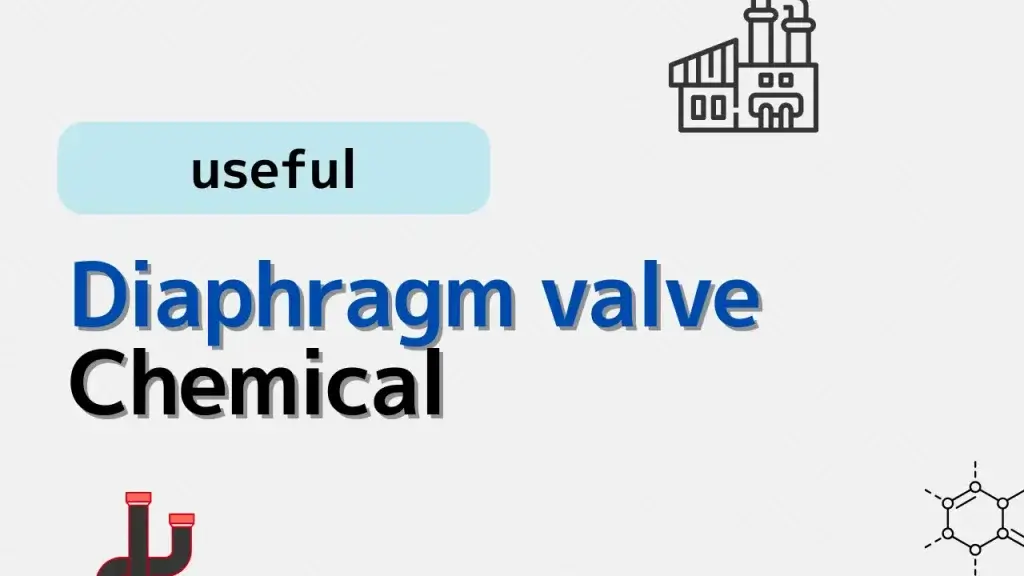Diaphragm valves are widely appreciated in chemical plants for their simple structure and reliable performance. Unlike other types of valves, they provide excellent leak tightness and are easy to maintain, making them a preferred choice for handling corrosive and hazardous fluids.
This article explains why diaphragm valves are especially suited for chemical plant applications and what advantages they offer.
Introducing articles from plantengineering.com.
A variety of valves are used in chemical plants.
Most of them are general-purpose ball valves, but diaphragm valves are also used.
This post is in a series about Valve
Do Ball Valves Trap Liquid? Important Design Tips for Piping Beginners
How Automatic Diaphragm Valves Control Flow in Piping Systems
How to Choose Knife Gate Valves Based on Performance: A Practical Guide for Engineers
Why You Shouldn’t Overtrust Plastic Valves in Industrial Systems
Miniature Valves on Copper Tubes: A Simple Guide for Beginners
The liquid contact part is made of resin
Diaphragm valves are made of resin. Resin is known for its high corrosion resistance.
Valves with high corrosion resistance are useful in chemical plants that handle many corrosive substances.
It is possible to give ball valves a certain degree of corrosion resistance, but they are expensive.
Flow rate can be adjusted
Diaphragm valves allow for a certain degree of flow rate adjustment.
Ball valves allow for the same.
Some valves, like gate valves, cannot be fully adjusted, so it is nice to have some degree of adjustment.
Reduces liquid accumulation
Diaphragm valves have less liquid accumulation.
Ball valves have less liquid accumulation as a valve, but there is a problem with liquid sealing.
In the case of diaphragm valves, liquid accumulation in the piping can occur, so care should be taken when designing the piping.
Diaphragm valves offer a combination of leak-tight sealing, corrosion resistance, and ease of maintenance that makes them ideal for demanding chemical plant environments. Their simple design not only reduces downtime but also ensures safe and reliable fluid control.
